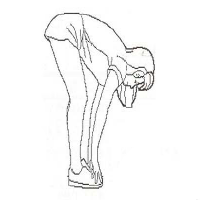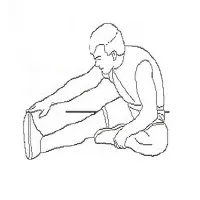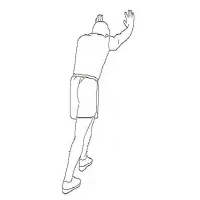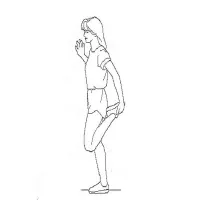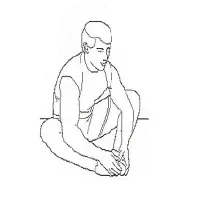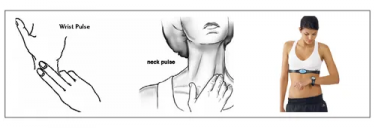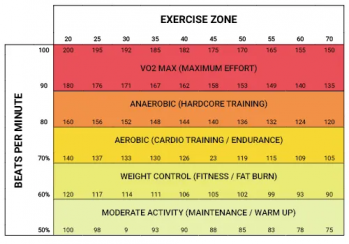
The Rowing machine offers a low-impact full body workout incorporating strength and cardio. A great way to stay fit, providing a lower body, upper body and a total core workout, as an all-in-one machine. A rowing machine can fit into your fitness routine whether used for a high intensity workout or active recovery.
Following a structured programme is a great way to maximise your workout time so follow one of our programs and reach your goals quicker.
Read on to find out the benefits of and correct use of your rowing machine training, or jump straight to the workouts here.
Is Rowing an Effective Way to Lose Weight?
Yes, rowing is an effective way to lose weight. Very few fitness products work the whole human body as well as a rower. A rowing workout burns a lot of calories, which can help you to lose weight. In addition, rowing can help to tone your muscles and improve your overall fitness level.
To ensure you are getting the most from the best fitness category on the market, make sure you check your technique first and then follow one of our rowing machine workouts below.
What’s the Correct Way to Use a Rowing Machine?
To use a rowing machine correctly, first adjust the seat so that your legs are bent at a 90-degree angle when they are in the rowing position. Next, grab the handles with your hands and place your feet on the foot rests. When you are ready to row, push off with your legs and pull the handles towards your chest. Be sure to keep your back straight and your core engaged throughout the entire movement. Finally, return to the starting position and repeat.
No matter what your objectives are, drive the movement with your legs, keep your back nice and straight, pull the handle into your stomach and follow our rowing workouts below and you can’t fail to get fitter!
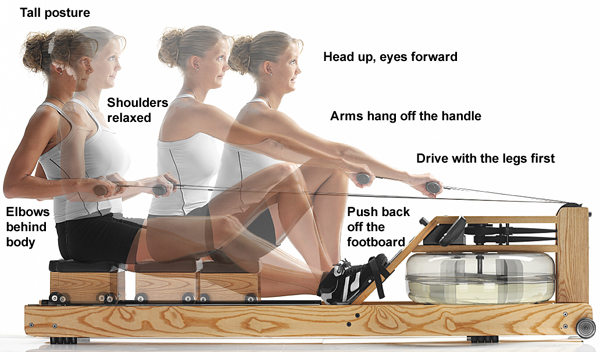
SAFETY FIRST
- If you experience dizziness, nausea, chest pain, or any other abnormal symptoms, STOP the workout at once. CONSULT A PHYSICIAN IMMEDIATELY.
- No matter if you are an elite athlete or a weekend warrior, it is essential to drink enough water before, during and after exercise. Dehydration will stop you from getting the most out of your workout and feeling tip-top!
- Before using the machine to exercise, always do stretching exercises to properly warm up.
- Always wear appropriate workout clothing when exercising. Dress accordingly to the temperature and do not wear loose clothing that could become caught in the machine. Sporting shoes are recommended when using the treadmill.
- Use the machine only for its intended use
- Keep children and pets away from the machine at all time. DO NOT leave children unattended in the same room with the machine.
- Disabled persons should not use the machine without a qualified person or physician in attendance.
- Only one person at a time should use the machine.
- Inspect and tighten all the loose parts before this equipment is used.
- Keeps hands away from moving parts.
- Position the machine on a clear, levelled surface. DO NOT use the machine near water or outdoors.
- Inspect the machine before each use; make sure all of the connections are tightly secured.
- Do not place any sharp object around the machine.
- And lastly, ensure that you know how to operate your machine – check that your speed, incline and emergency stop is functional. Never operate the machine if the machine is not functioning properly.
Now let’s get to it!
Our Rowing Workouts
These 3 rowing machine workouts are simple but are designed to improve your fitness by maximising the major benefits of indoor rowing. If you are a beginner take it easy to start with lower workout intensity during the harder periods of the workout and take longer rests in-between the intense periods.
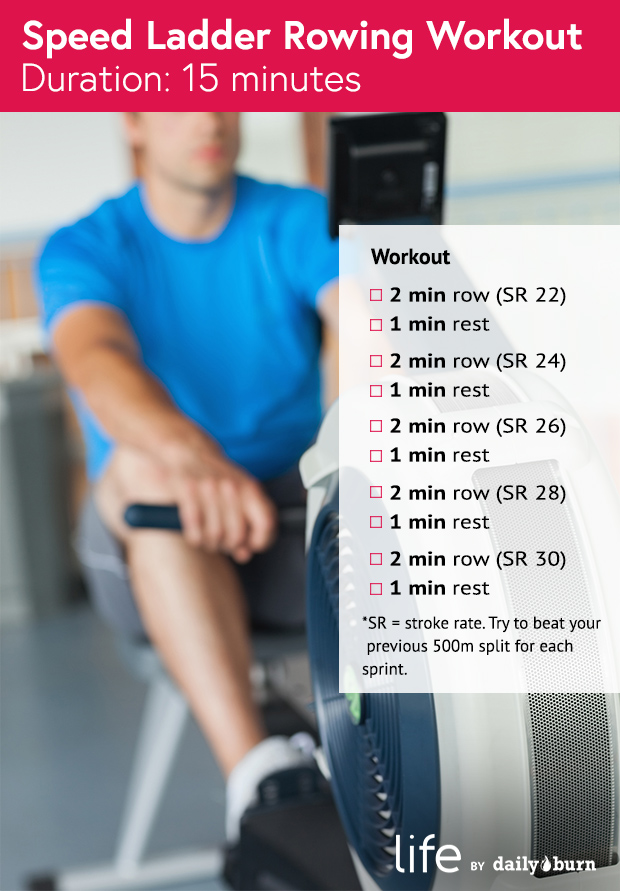
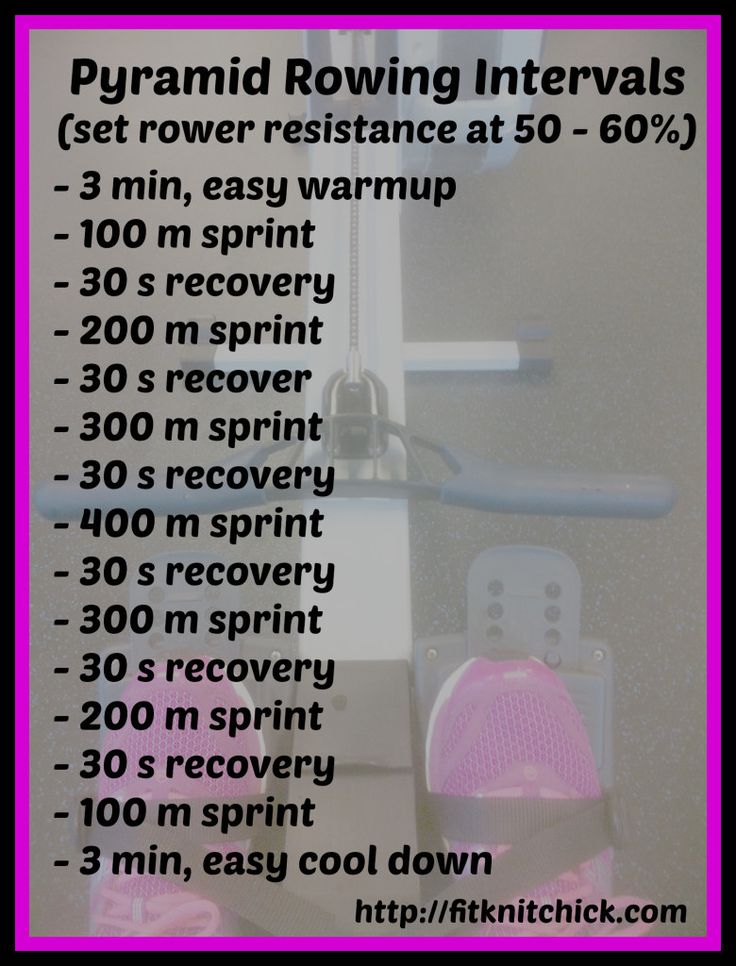
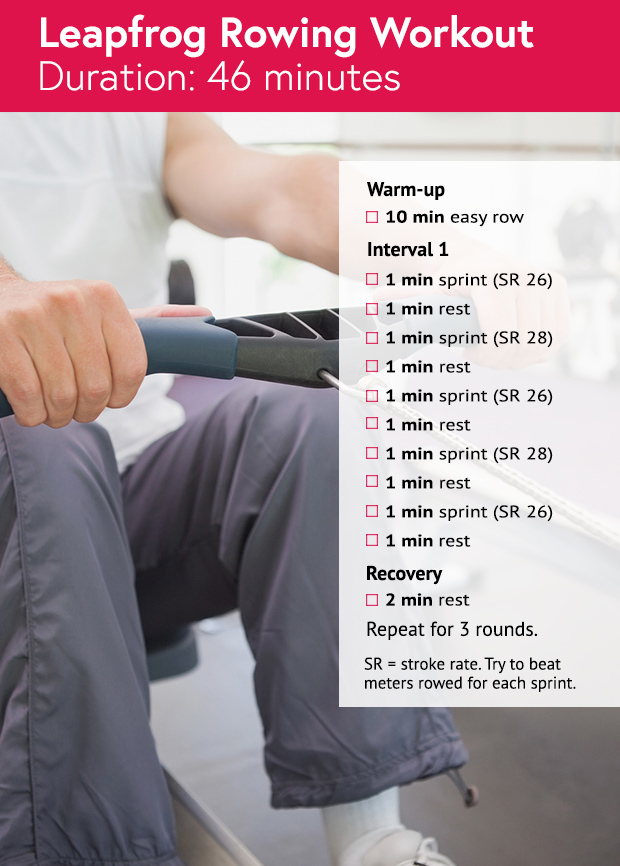
Target Heart Rate
| Cardiovascular Training plays an important part in maintaining a healthy heart and lung function, so it’s no surprise we should be paying attention to how quickly our heart beats during exercise. There are different heart rate training zones determined by the individual’s age and workout goals to ensure you train safely and effectively.
Before starting any workout regimen, it’s important to know what your target heart rate should be. Different types of workouts are performed at different intensities, or workout zones. Target heart rates are a percentage of your theoretical maximum heart rate and can help ensure that you’re neither working too hard nor not hard enough. By working out your theoretical maximum heart rate, you can figure out the target ranges and zones for different types of workouts . How to Calculate Your Maximum Heart Rate.A very simple method to find out your target heart rate, take your age and subtract it from 220. That number will be your maximum heart rate. From there, you can use the following formulas to calculate your target heart rate: 220 – AGE = TMHR (Theoretical Maximum Heart Rate in beats per minute) TMHR x 85% = (Upper Training Limit) bpm (Beats per Minute) TMHR x 65% = (Lower Training Limit) bpm Example: If you’re 39 years old, your max heart rate would be: 220 – 39 = 181 bpm 85% of this would be the upper limit for most workouts, while 65% would be the lower limit: 181 x 85% (0.85) = 154 bpm and 181 x 65% (0.65) = 118 bpm Remember, these are just guidelines. You may need to adjust based on how you’re feeling during your workout. If you’re working at a moderate intensity but don’t feel like you’re breaking a sweat, you may need to bump up the intensity. Similarly, if you’re working at a vigorous intensity but feel like you’re about to collapse, you may need to back off a bit. How to Measure Your Heart Rate During ExerciseYour heart rate can be measured by using the radial (wrist) or carotid (neck) pulse using your index and middle fingers, counting the beats for 10 seconds and multiplying by 6 to get the number of beats per minute.
Many sports watches will incorporate a heart rate monitor that utilises an optical sensor to calculate your heart rate from blood flow. Accuracy will vary by device and conditions but will give you a good estimate. Chest heart rate straps will give you the most accurate reading, as these measure the electrical signals from your heart.
Written by Elite Fitness Team, Updated October 2022 |
